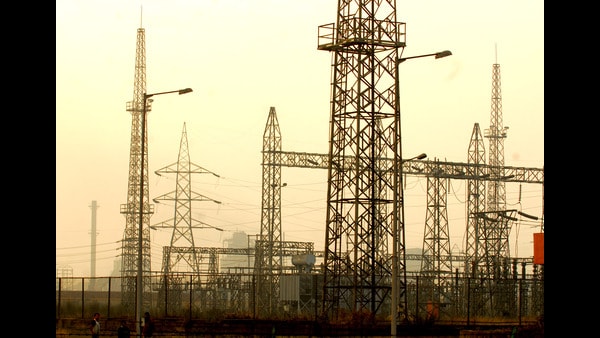 News
News
Electricity use plunges in North, West India due to summer rains

Summary
The biggest declines in electricity use between March and June were seen in Delhi (12.9%), Chandigarh (12.2%), Punjab (11.9%), and Haryana (7.3%).NEW DELHI : Electricity use dropped this summer for the first time in three years in the northern and western regions of India as unexpected and repeated rainy spells brought some relief from the heat, a Mint analysis showed. The northern region used 140 billion units of electricity between 1 March and 25 June, a 7.4% drop from the same period in 2022. The western region used 157 billion units, down 1.9%.
The biggest declines were seen in Delhi (12.9%), Chandigarh (12.2%), Punjab (11.9%), and Haryana (7.3%). Twelve other states witnessed a decline in energy consumption, including Uttar Pradesh, Rajasthan, Gujarat and Maharashtra. The analysis is based on daily data reported by the Grid Controller of India.
To be sure, some parts of the country, including Uttar Pradesh and eastern parts, also experienced heatwaves this summer.
The last time electricity use saw a decline was in 2020, when the lockdown in the summer months brought many industries to a standstill. Consumption had been rising consistently since then as the economy recovered, with an 18.4% growth in 2021 and 14.4% in 2022 in the summer months analysed.
Regions other than the West and North continued to see an increase in energy use. The southern region used 8.7% more electricity, the East used 5.6% more, and the North-east used 4.7% more in the period. Overall, India’s electricity consumption was 508 billion units, up 0.5%.
Electricity is measured by kilowatt-hours, the unit that monthly power bills are based on. An average Indian used 371 kWh of electricity in the 1 March-25 June period this year. The western, southern and northern regions were the biggest per-capita consumers of electricity—518 kWh, 501 kWh, and 327 kWh in the 117-day period.The off-season rain April and May is likely to have resulted in reduced use of cooling appliances this summer. This year, India has witnessed a large number of western disturbances, a recurring weather phenomenon, believed to be responsible for this unusual weather pattern. May alone encountered six instances of western disturbances.
“Unseasonal rains can lead to a dip in demand for states with a high share of domestic consumption," said Hetal Gandhi, director of research at CRISIL Market Intelligence and Analytics. She cited examples of Uttar Pradesh, Rajasthan, Madhya Pradesh and Maharashtra as the states with high share of domestic consumption. Indeed, these states saw declines in electricity consumption as seen in the analysis.
Another important measure of electricity use is peak power demand, which corresponds to the instant with the highest simultaneous demand. India hit a peak power demand of 223.2 gigawatt (GW) this season on 9 June, at 2.52 pm. Yet, this fell short of the record 230-GW projection made in February by the Central Electricity Authority (CEA), the electricity regulatory body of India.
Despite the minor increase in total energy consumption, peak power demand was the highest ever. The figure in the first half of 2022 was 211.9 GW.
Electricity and power are different measures. Peak power demand is measured in watts, and a power demand of 1 kW sustained for 1 hour leads to a consumption of 1 kWh electricity. In simple terms, power demand corresponds to a vehicle’s speed at an instant, and electricity consumption to the total distance covered over time.
Seven of the 32 states and Union territories considered for analysis showed a year-on-year decline in peak power demand so far in 2023. In 2020, 14 states reported a decline in peak power demand in the first half of the year.
The arrival of the southwest monsoon in several parts of the country is set to bring relief in temperatures.

